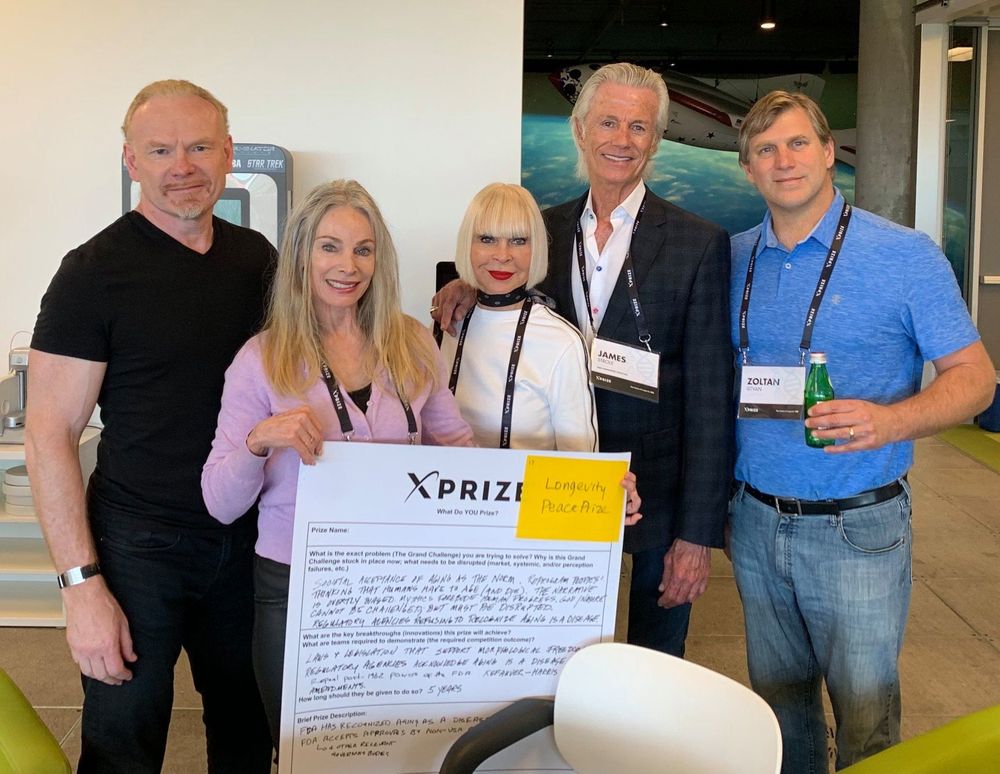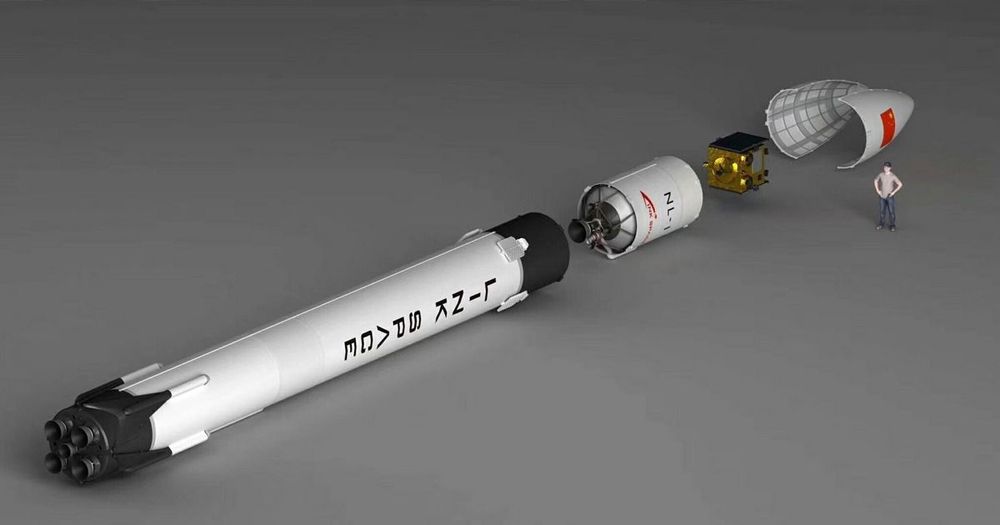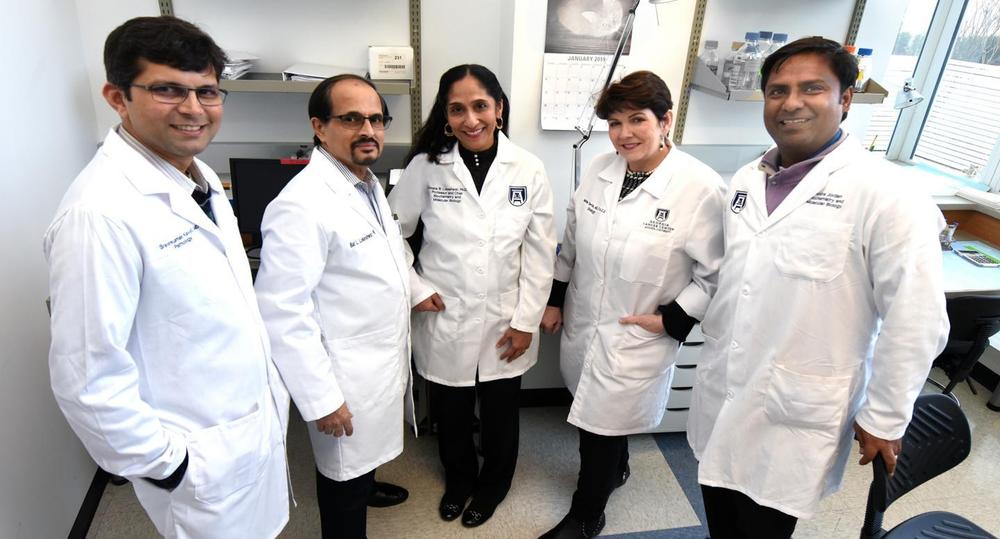Now you can discover Daymet Daily Surface Weather Data, which includes precipitation, temperature, and other weather variables from 1980–2018 through the NASA Application for Extracting and Exploring Analysis Ready Samples (AρρEEARS) application!
About AppEEARS: AρρEEARS offers users a simple and efficient way to perform data access and transformation processes. By enabling users to subset data spatially, temporally, and by layer, the volume of data downloaded for analysis is greatly reduced. Sample requests submitted to AρρEEARS provide users with data values and associated quality data for a variety of remote sensing data products. Two types of sample requests are available: point samples of geographic coordinates or area samples of vector polygons. Interactive visualizations with summary statistics of the sample results are provided within the application to allow the user to preview and interact with their sample before downloading the data.
Explore NASA’s AppEEARS: https://lpdaac.usgs.gov/tools/appeears/







